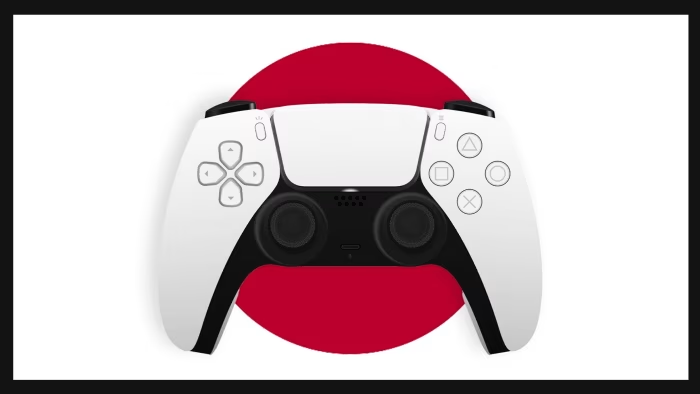Unlock the Editor’s Digest for free
Roula Khalaf, Editor of the FT, selects her favourite stories in this weekly newsletter.
Sony is launching a cut-price model of its flagship PlayStation 5 to be sold only in Japan, in an inflation-busting move to boost sales as it goes head to head with rival Nintendo in the two gaming groups’ home market.
The Japanese version of its disc-free PS5 “digital edition” will go on sale on November 21 for ¥55,000, representing roughly a 25 per cent discount, and follows a similar move by Nintendo with its Switch 2 earlier this year.
The launch follows a series of unusual price rises for the PS5 console in various markets since its 2020 debut, as the Japanese group grappled with supply-chain challenges and US tariffs.
It also marks the first time that Sony has produced a “region-locked” console since the PS2 nearly 20 years ago. It is hoping to address exchange-rate challenges that have made the PS5 seem more expensive in its home market than in the US, as well as strengthening competition with Nintendo’s latest hit.
The console is broadly similar in specification to the existing PS5 digital edition but with a tweaked exterior design. It can only be used with a Japanese PlayStation account on Sony’s local online games store.
The cheaper price could give Sony a boost in PlayStation sales at a time of high inflation in Japan and when consumers in the country are putting off large purchases. It could also help expand its market share ahead of next year’s launch of the much-anticipated but repeatedly delayed Grand Theft Auto VI video game.
Analysts said Sony’s move would come as a relief for Japanese households dealing with the return of inflation to the country after decades when prices, on average, fell.
“A price cut in Japan . . . could be because Sony thinks they have costs for the console under control,” said David Gibson, an analyst at MST Financial. A string of hit games could also have encouraged Sony to “give a little bit back to Japan, and Japanese consumers, to ensure the domestic market is strong”, he added.
The Japan-only PS5 will still cost slightly more than Nintendo’s equivalent Switch 2, which retails for ¥49,980. Nintendo’s hybrid console has quickly become a big hit, selling 10mn units since its release in June. The original Switch has so far sold 154mn units, putting it only narrowly behind the PS2, at 160mn, as the best-selling console of all time.
With the PS5, Sony broke its previous console pattern of cutting prices as the device became older. Instead it has made several price increases in Japan and other markets since the PS5’s release.
These included a price rise of about $50 in the US in August, which Sony said at the time was a “difficult decision” reflecting a “challenging economic environment”. Sony has also made temporary promotional price cuts for certain models in some markets.
Nintendo and Microsoft have also raised the prices of some of their older consoles and accessories.
Sony’s games division is increasingly central to its shift towards being an entertainment company, with the goal of producing ever more original content.
This includes using its first party games studios to produce intellectual property, such as The Last of Us, which was converted from a PlayStation game into a hugely popular television series.
On Tuesday in Japan, Sony raised its operating income guidance for the fiscal year by 8 per cent, to ¥1.43tn, on the back of robust sales from its anime and games segments, as well as a reduction in the expected hit from US tariffs. Sony’s shares rose 5.5 per cent in Tokyo and are up more than 40 per cent so far this year.
The PS5 sold 3.9mn units in the quarter to September, slightly above the same period last year.
“The typical console life is seven or eight years, so we are definitely late-cycle” with PS5, said Gibson. “It would make sense to cut prices domestically now perhaps because it also sends a signal to developers in Japan that you want to strengthen the market, which will also help you when you launch your next device.”


